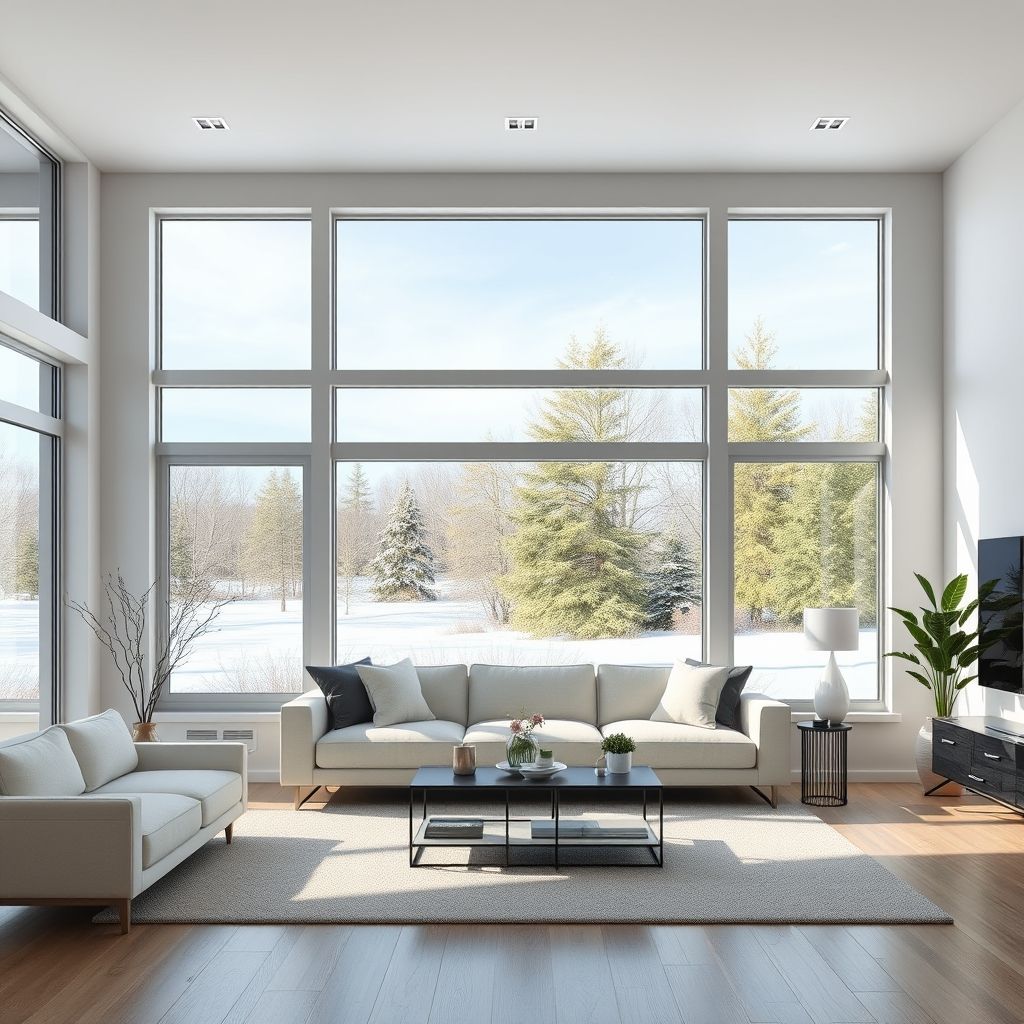Selecting the right windows for your home involves more than just choosing a style that suits the architecture. In Australia, with its diverse climate zones, the right window choices can significantly impact your energy costs, comfort, and natural lighting. The windows you select and how you place them can maximise solar heat gain in cooler climates or minimise it in hotter regions. They can also take advantage of cooling breezes and provide much-needed shade. This guide will help you understand the factors to consider when choosing windows for your climate zone and how to balance energy efficiency with natural lighting and ventilation.
Factors to Consider When Choosing Windows for Your Climate
Australia’s diverse climate zones present unique challenges and opportunities when it comes to window selection. Here are the key factors to consider:
- – **Climate Zone:** Australia has several distinct climate zones, from hot and tropical in the north to cool and temperate in the south. Understanding your climate zone is essential for choosing the right window specifications. For example, in hot climates, windows that reduce solar heat gain and provide shade are priorities, while in cooler climates, maximising solar heat gain can help reduce heating costs.
- – **Orientation and Sun Path:** The orientation of your windows in relation to the sun’s path can greatly affect your home’s temperature and lighting. North-facing windows in the southern hemisphere receive the most sun year-round, so they are ideal for capturing winter sun in cooler climates and providing shade in hotter regions. East and west-facing windows should be carefully considered, as they can contribute to overheating in the morning and afternoon, respectively.
- – **Window Style and Glazing:** Different window styles, such as awning, casement, or double-hung, can impact ventilation and natural lighting. The type of glazing, or glass, used in your windows is also crucial. Low-emissivity (low-E) coatings can help improve energy efficiency by reflecting heat back into your home in cooler climates or preventing heat gain in hotter regions. Tinted or reflective coatings can reduce glare and heat gain in sunny areas.
Window Placement and Design for Optimal Performance
- – **Shading and Overhangs:** The placement of windows in relation to shading devices and overhangs is critical. In hot climates, external shading devices, such as awnings or louvres, can block direct sunlight and heat gain while still allowing natural light into your home. Well-designed overhangs can also provide shade in summer while letting in winter sun when the sun’s path is lower.
- – **Ventilation and Cross-Breezes:** Window placement can also maximise natural ventilation and cooling breezes. In tropical and subtropical climates, strategically placed windows can capture prevailing breezes and create cross-ventilation, reducing the need for air conditioning. Casement or louvre windows are excellent choices for promoting airflow.
- – **Skylights and High Windows:** In addition to traditional windows, consider skylights or high windows to introduce natural light deep into your home without the same heat gain concerns as large expanses of glass. These can be especially useful in cooler climates where daylighting is a priority.
FAQs
How do I balance energy efficiency and natural lighting?
Energy efficiency and natural lighting can be effectively balanced by choosing the right glazing for your climate. Low-E coatings can reduce heat transfer while still allowing ample natural light transmission. Strategic window placement, such as north-facing windows in cooler climates, can also maximise daylighting without excessive heat gain.
What window styles are best for ventilation?
Casement and louvre windows are excellent choices for promoting airflow and ventilation. Casement windows can be opened wide to capture breezes, while louvre windows allow for adjustable airflow and are often used in tropical climates. Awning windows placed higher up on walls can also facilitate airflow without sacrificing privacy.
How do I reduce heat gain in a hot climate?
In hot climates, prioritise windows with low-solar gain coatings or tinted glass to reduce heat transfer into your home. External shading devices, such as awnings or louvres, are also essential. Consider reflective window films to reduce glare and heat gain, especially on east and west-facing windows.
Selecting the right windows for your climate zone involves a careful balance of energy efficiency, natural lighting, and ventilation. By understanding your climate’s specific challenges and opportunities, you can make informed choices about window styles, glazing, and placement to improve your home’s comfort and reduce energy costs.
For expert advice on selecting the right windows for your specific project and climate zone, consult a local window specialist or tradie. They can guide you through the various options and help you make the best choices for your home renovation or building project.
These articles are drafted with AI assistance and should be considered general information, not professional advice.

